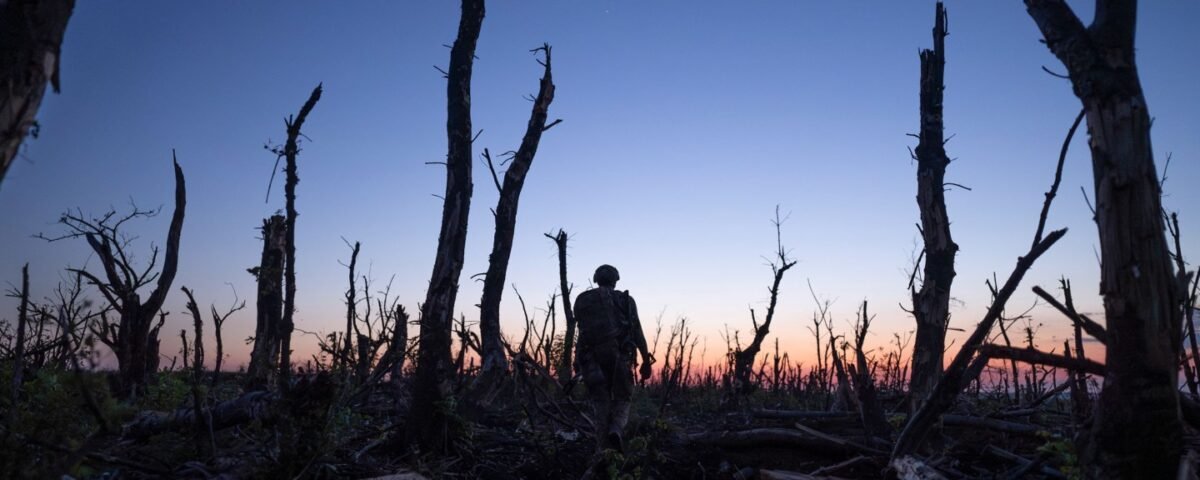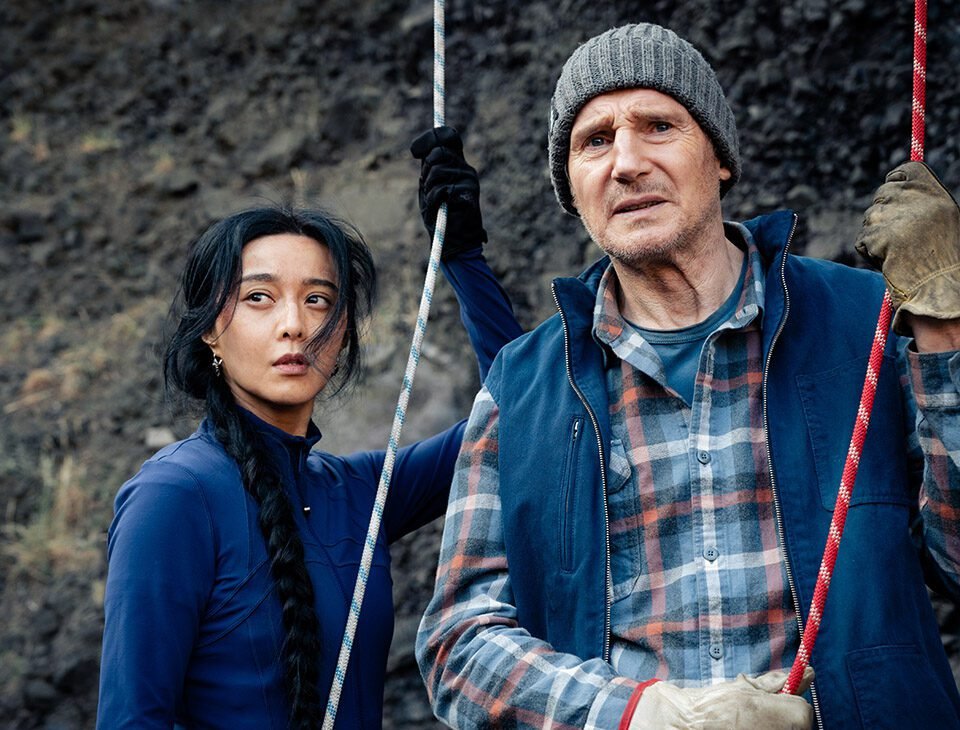


‘DJ Ahmet’ Review: Techno Music and Shepherding Collide in a Touching Coming-of-Age Tale
January 27, 2025


‘Jimpa’ Review: Olivia Colman and John Lithgow in a Well-Intentioned but Numbingly Earnest Inter-Generational Queer Family Drama
January 28, 2025Mstyslav Chernov returns to Sundance with a new story of the Ukrainian counteroffensive and the slow, deadly effort to liberate a tiny village.


Movies
‘The Thing With Feathers’ Review: A Go-for-Broke Benedict Cumberbatch Unravels in a Movie Stuck Awkwardly Between Horror and Psychodrama
Nearly two years after 20 Days in Mariupol had its Sundance premiere — kicking off a run that would lead to an Oscar win for documentary feature — Mstyslav Chernov cements his position as a defining chronicler of the aftermath of the Russian invasion of Ukraine with 2000 Meters to Andriivka.
Andriivka, a tiny village on the supply road to the city of Bakhmut, is a concept more than a strategic location. In September 2023, Chernov and AP colleague Alex Babenko decided to embed with a small Ukrainian brigade as the soldiers attempted to liberate Andriivka. The question is very much open as to who or what will actually remain to liberate, but Chernov wants to be there when the Ukrainian flag is raised (nobody is sure where or how that raising will occur). As Fedya, one of several impossibly young soldiers who come and go through the 106 minutes, explains, what is being liberated is a name and what is being won is the opportunity to rebuild.
Chernov sprinkles Western news reports on the counteroffensive — insulated and distanced commentaries on futility and failure, bloodless speculation about motivation and the prospect of retreat.
The gap between those sterile reports and the world in which the cameras are embedded is vast, underlining the necessity of correspondents delivering stories from ground-level — a wartime standard that has proven challenging in this current conflict.
Chernov, working with material he filmed himself, footage from Babenko and body armor footage recorded by the soldiers he encounters along the meter-by-meter advance, thrusts viewers into the shit instantly. The 10 minutes before the title appears onscreen are, like much of what will follow, a first-person nightmare of whizzing bullets, muffled explosions, panicky radio dispatches and unavoidable carnage. It’s all being conducted against a bleak backdrop of smoking, desiccated trees and charred grass, littered with bodies. It looks, one can’t help but feel, like a video game, one that is initially dehumanized and dehumanizing.
In this way, the film has a perspective that’s both dug deep into the dirt of that current moment and looking back at that moment from a reflective distance. Similarly, Chernov likes to alternate between the jittery, distorted body armor footage and the soaring shots offered by drones flying over the terrain. The drone shots let us see the forest as simultaneously a harshly beautiful and literal thing and as a metaphor. It also functions in one of my favorite documentary capacities: when a director is able to recognize a dual purpose by which drones are simultaneously delivering visual information for viewers as instruments of art and delivering death as instruments of war. Drones are complex, y’all.
Some viewers might feel a desire to get more of that 30,000-foot view, to get a more thorough and contextualized sense of where Andriivka and these soldiers fit within the bigger counteroffensive and within the bigger war-at-large. But the context is in 20 Days in Mariupol and in Chernov and Babenko’s reporting. This is the snapshot, the moving — kinetic and emotional — glimpse at people too busy being inside the fracas to know or care what the fracas is designed to accomplish. It’s scary and sad and, like a war that is now into its third or fourth Sundance of associated documentaries, it lingers.





